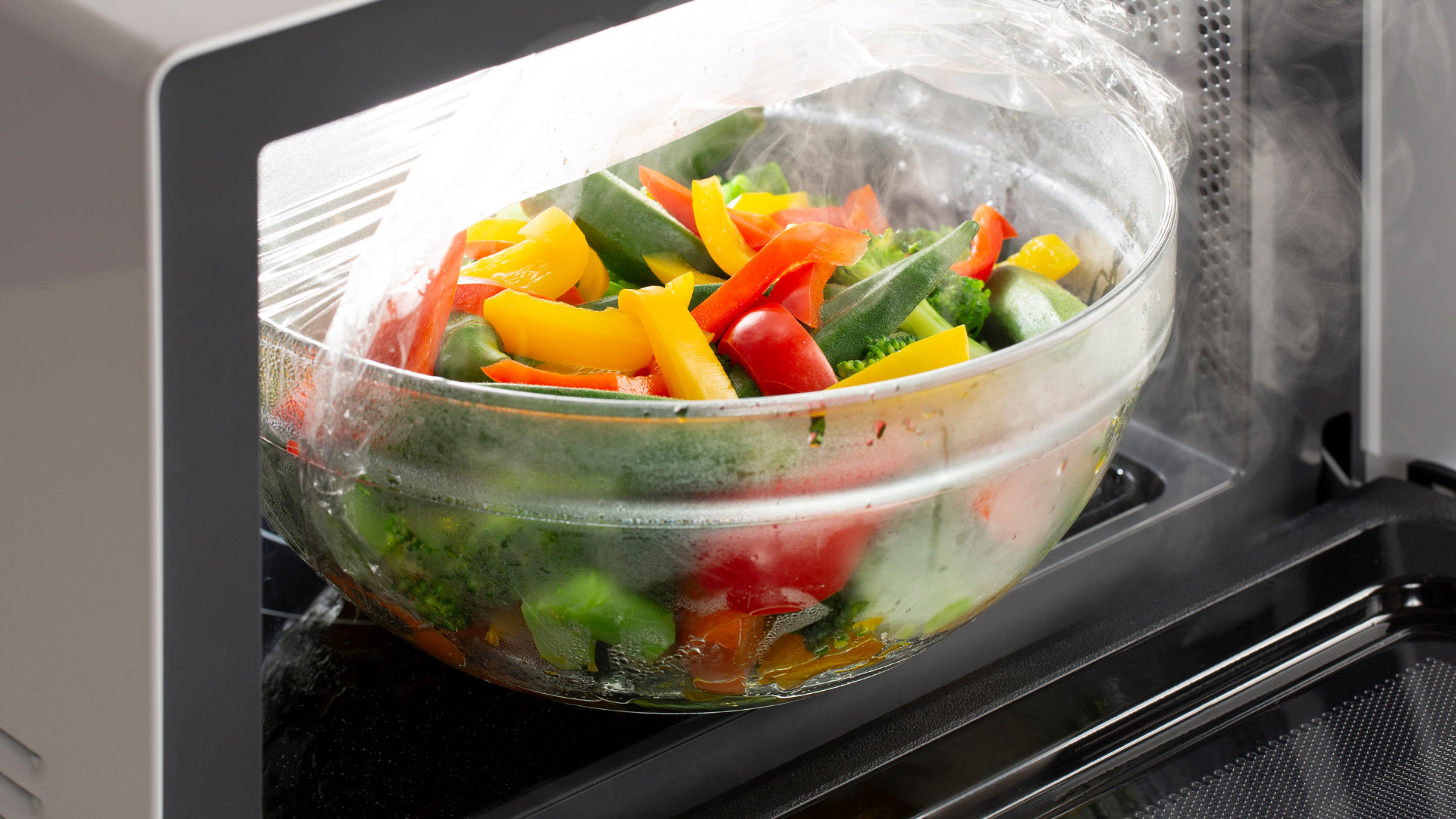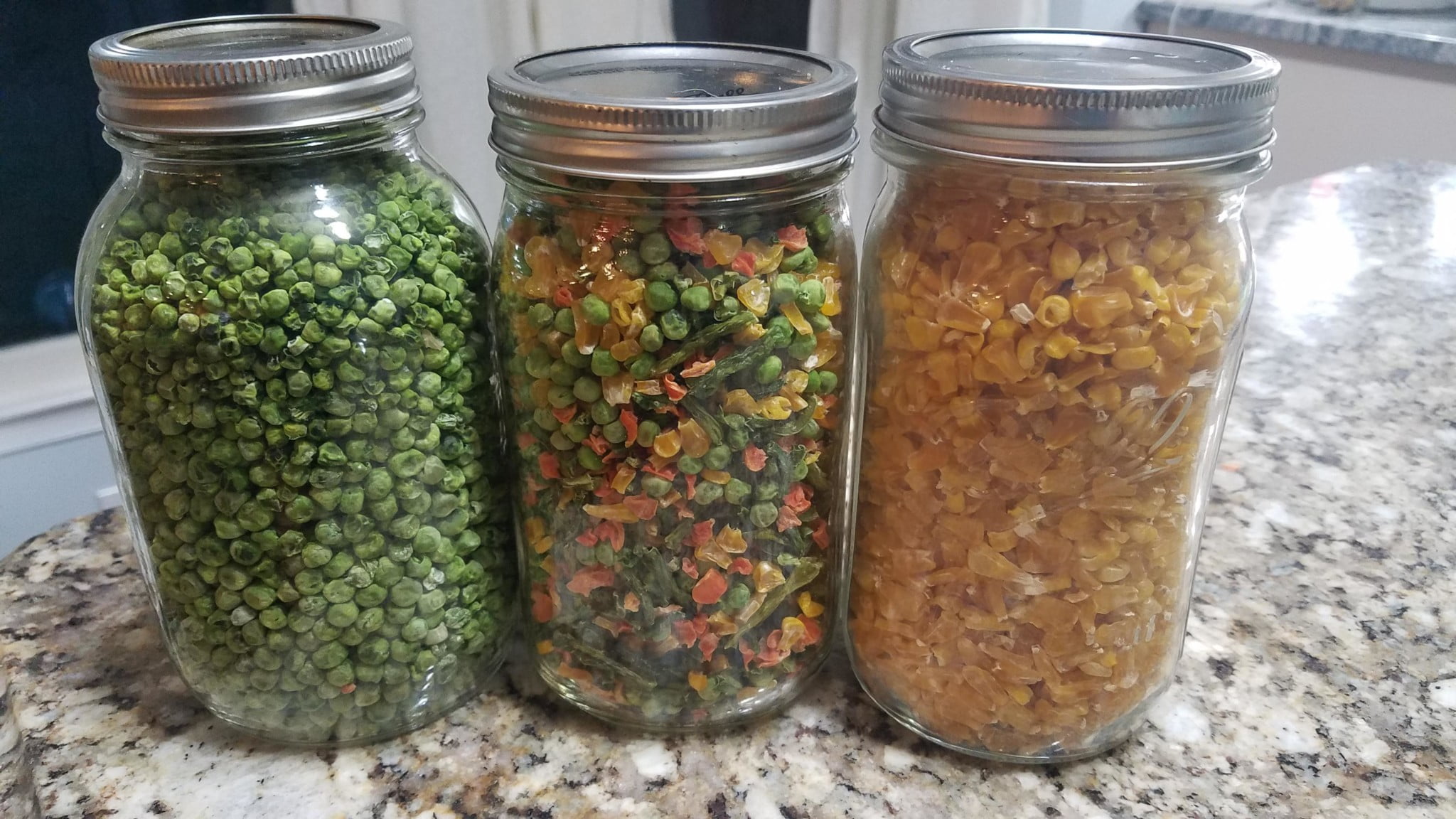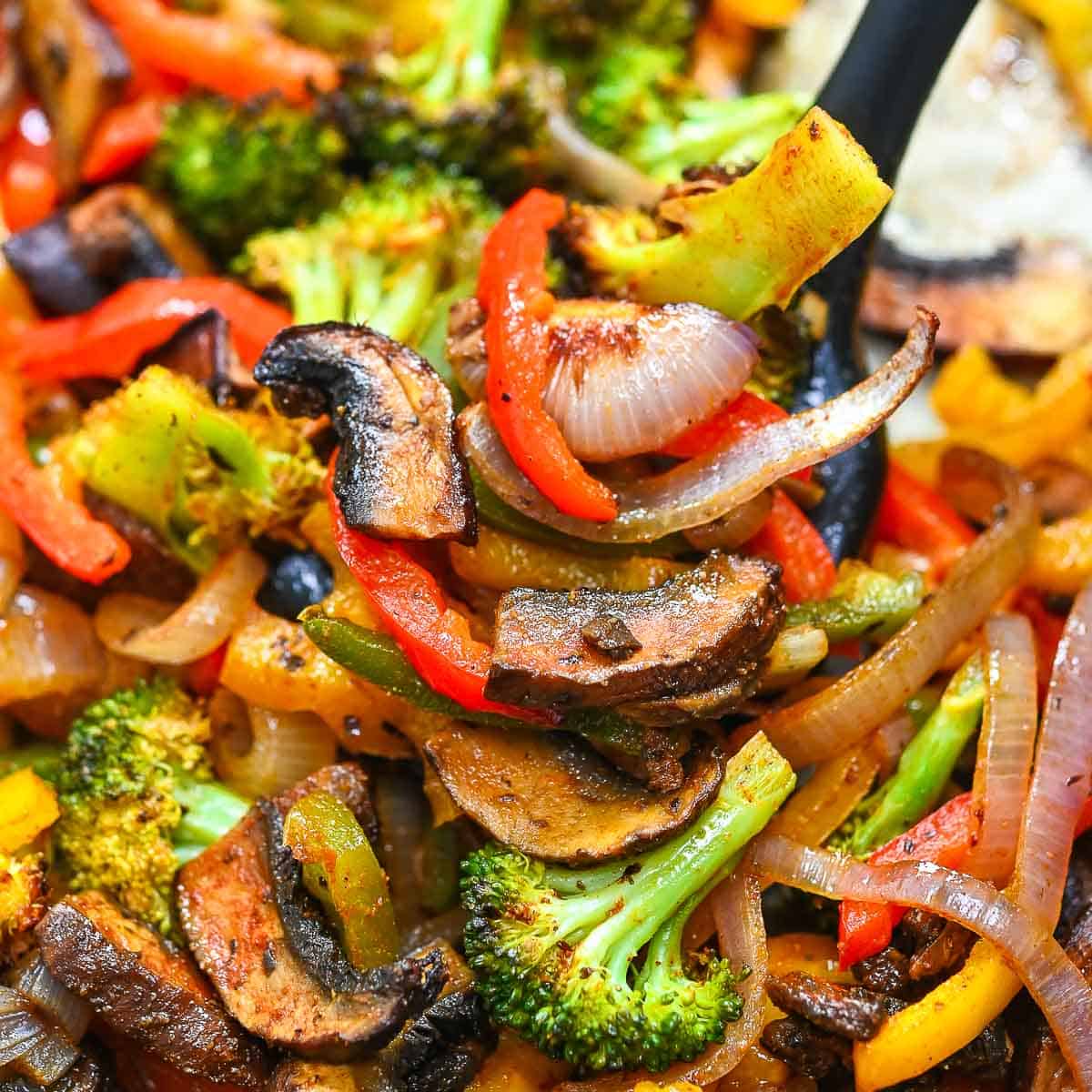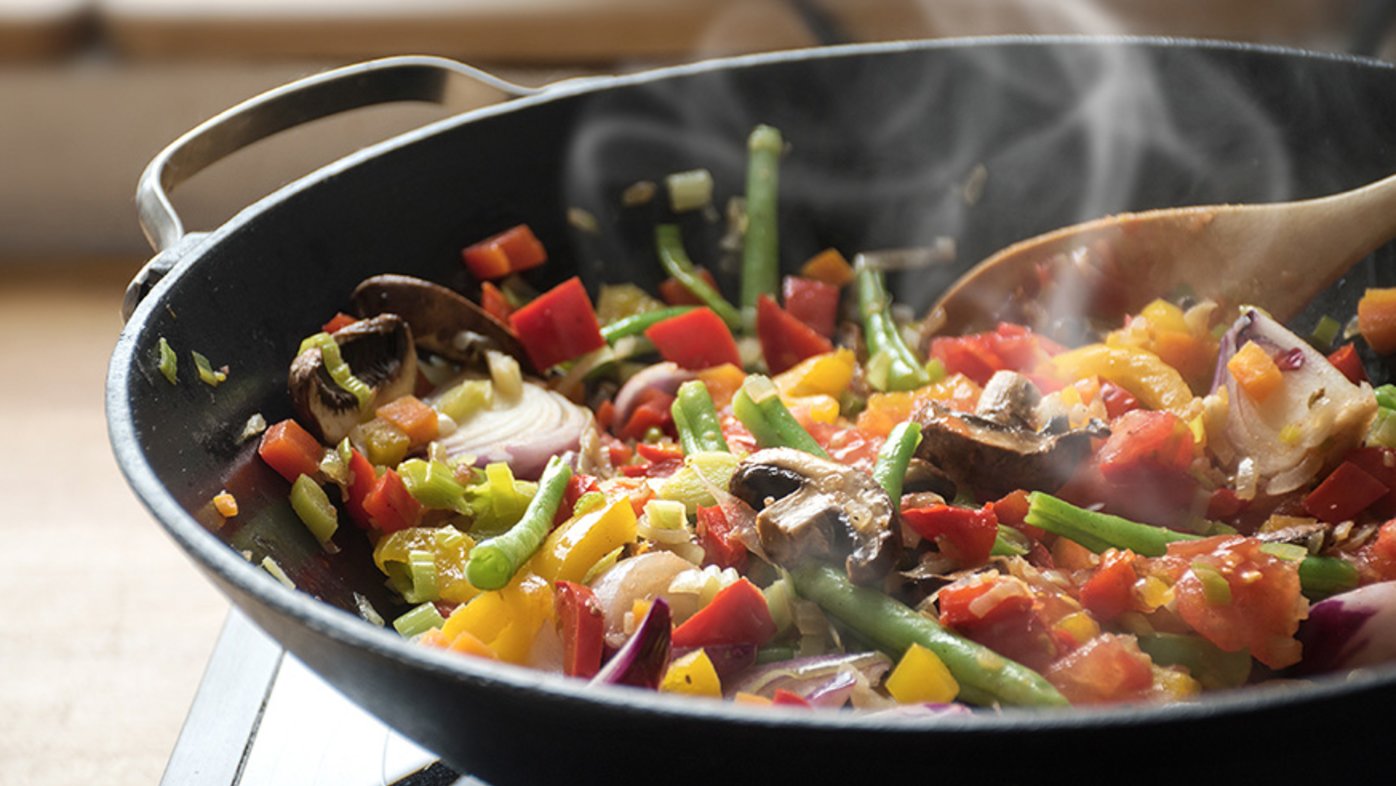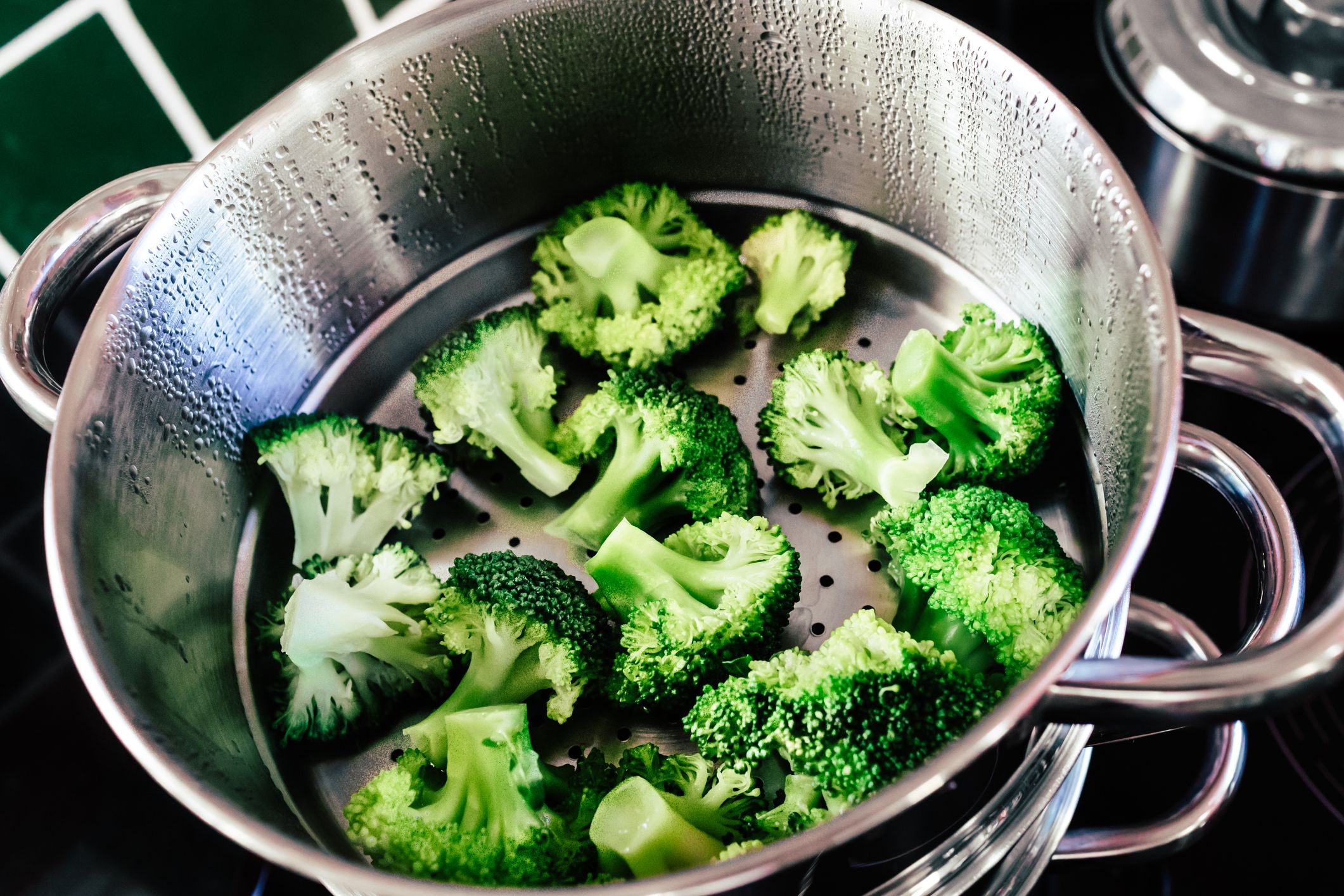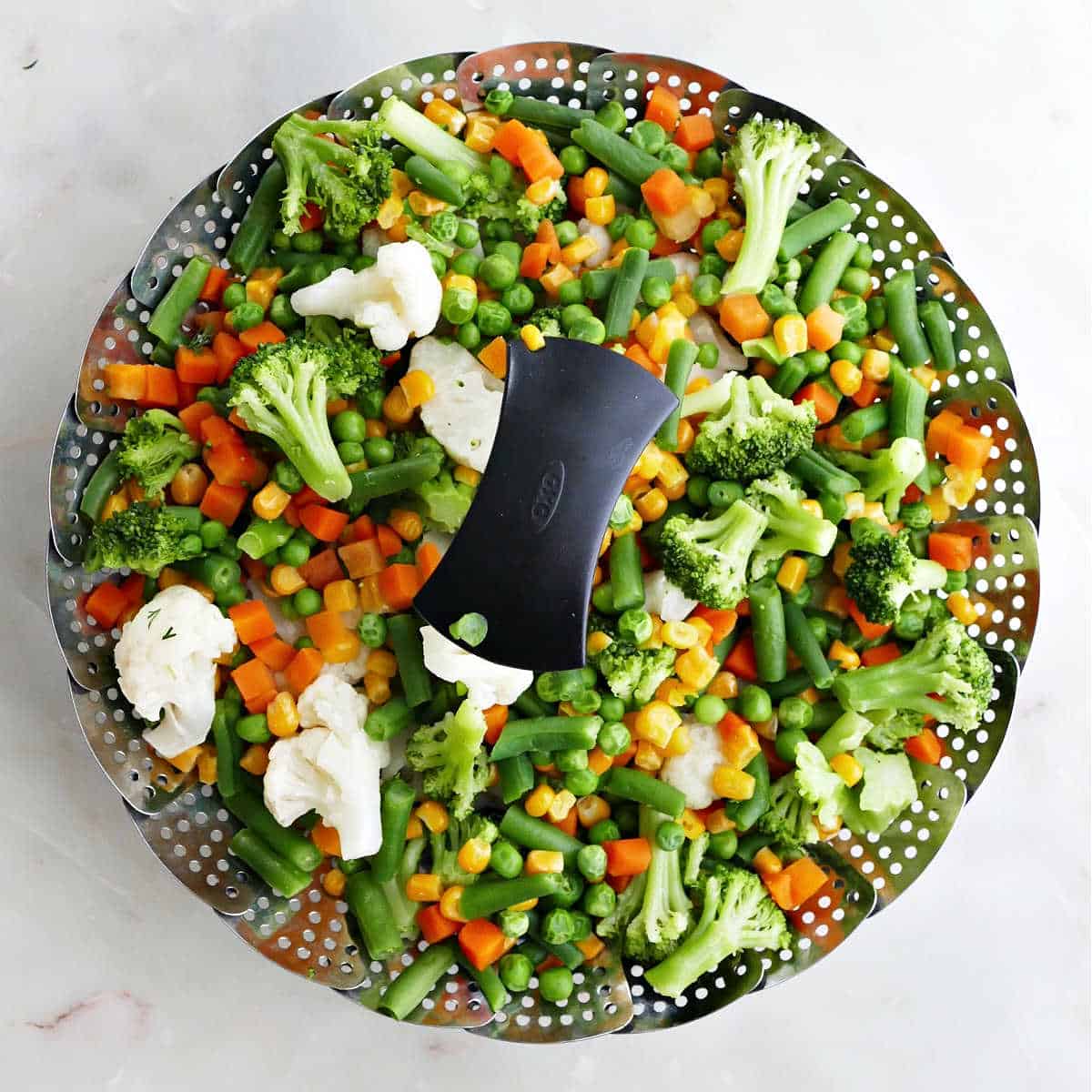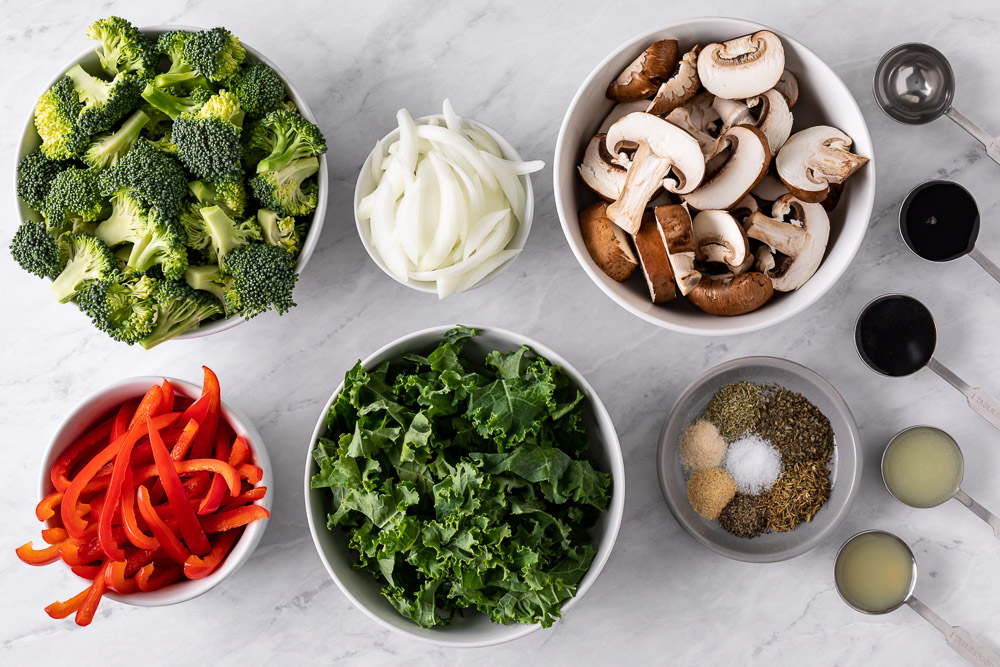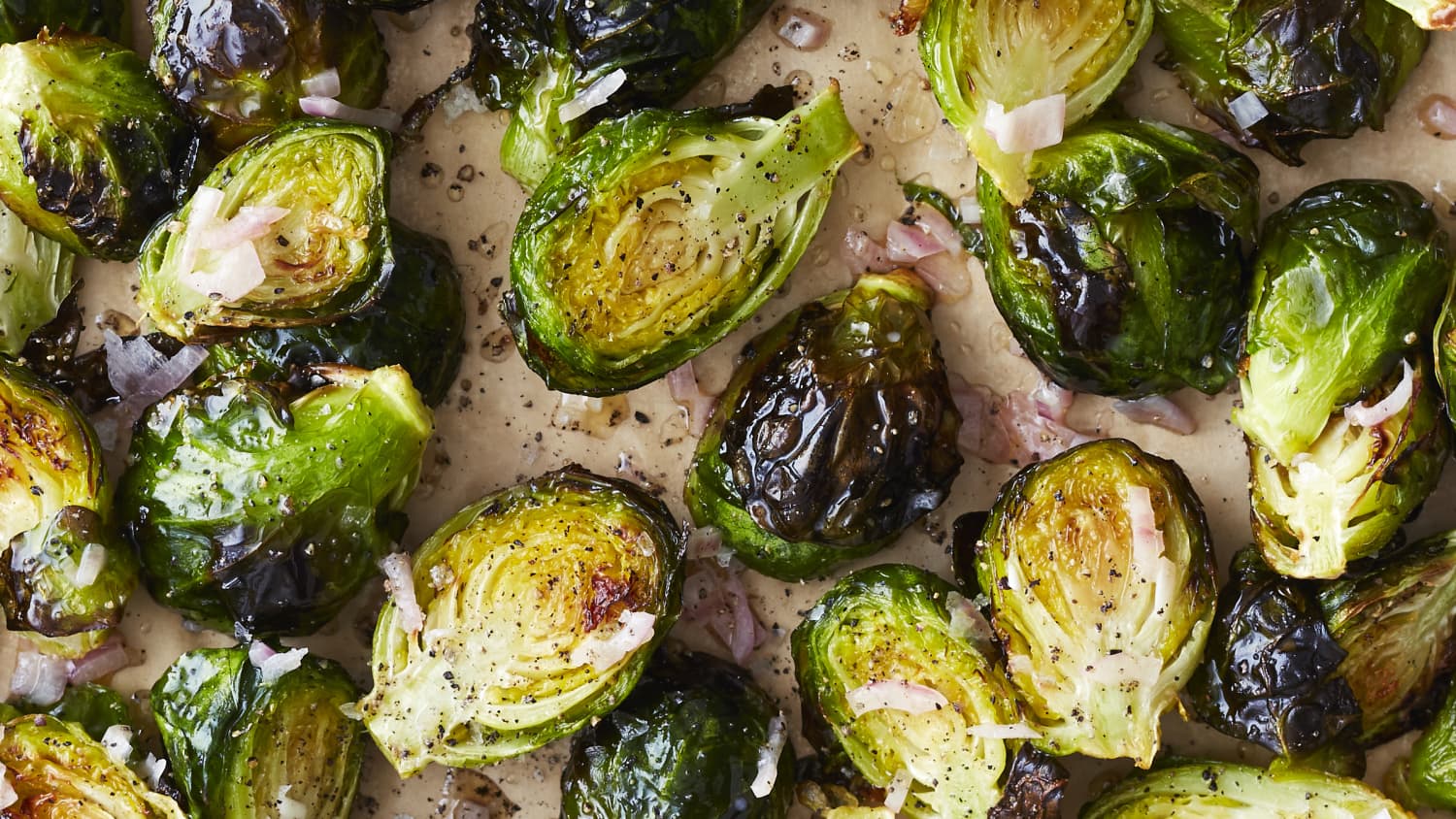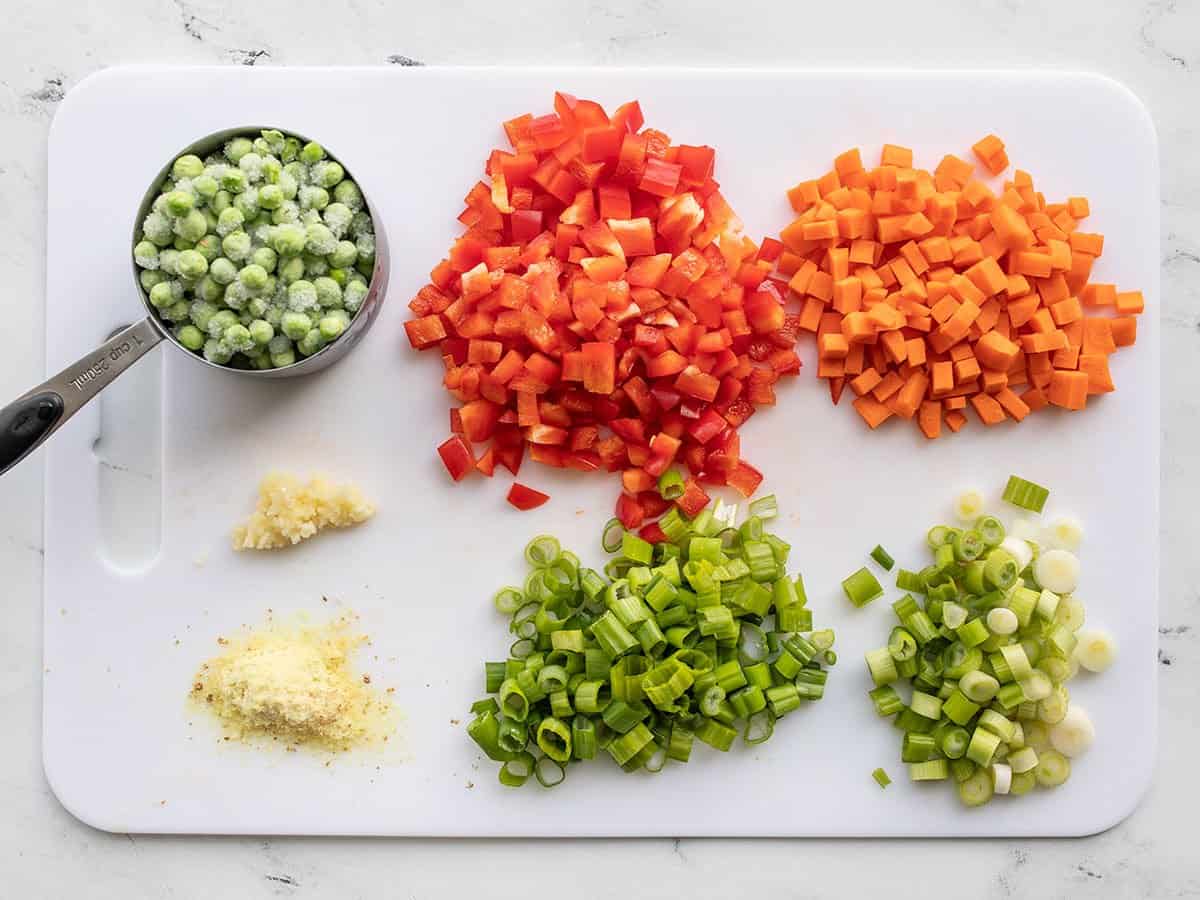Home>Gardening News and Trends>Latest News>How To Cook Frozen Vegetables For Stir Fry
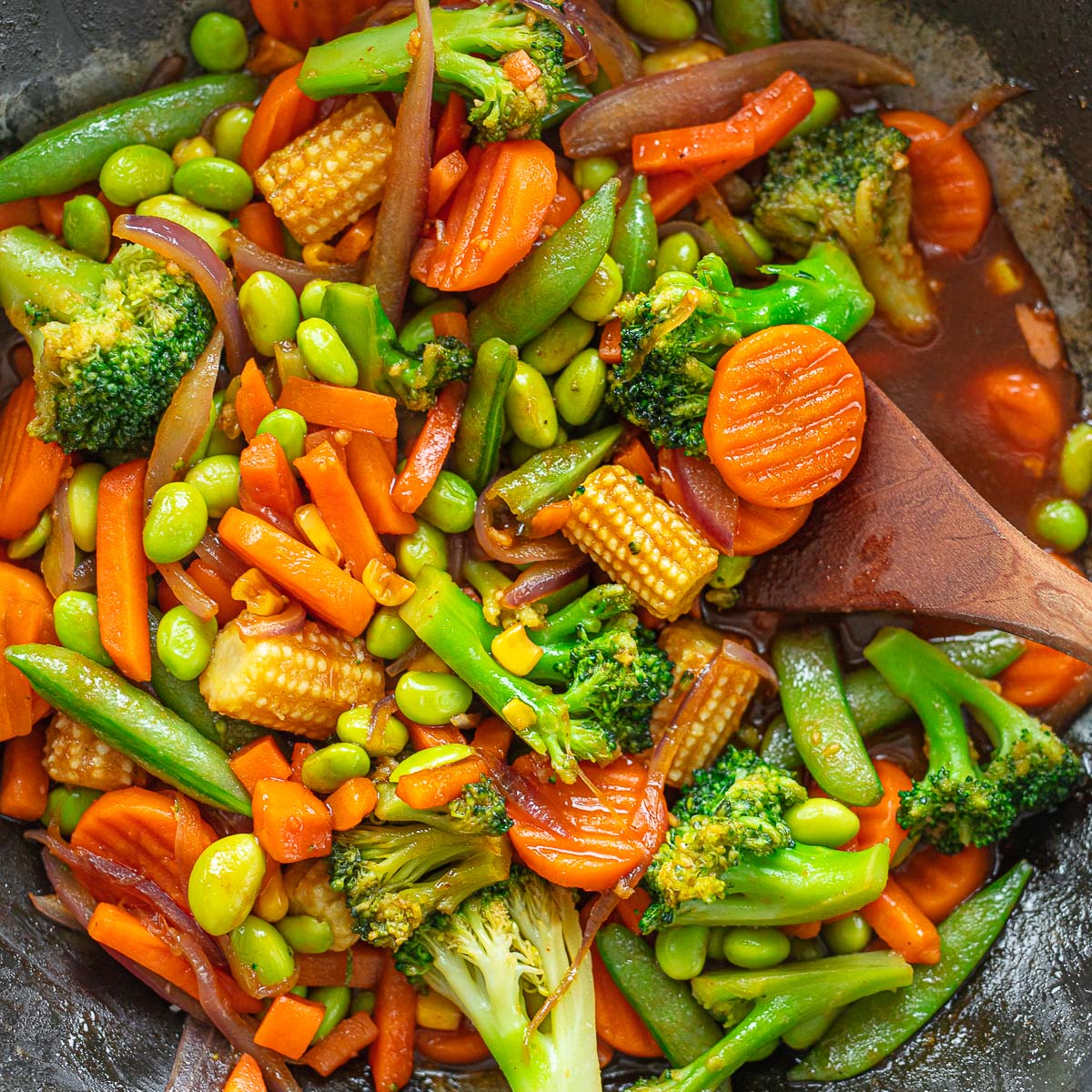

Latest News
How To Cook Frozen Vegetables For Stir Fry
Modified: January 22, 2024
Discover the latest news on how to cook frozen vegetables for stir fry. Get expert tips and techniques to make delicious and healthy stir fry dishes.
(Many of the links in this article redirect to a specific reviewed product. Your purchase of these products through affiliate links helps to generate commission for Chicagolandgardening.com, at no extra cost. Learn more)
Table of Contents
Introduction
Cooking frozen vegetables for stir fry is a quick and convenient option for those busy weeknight dinners. Not only are frozen vegetables readily available and cost-effective, but they also retain their nutritional value and flavor. With a few simple steps, you can turn those frozen veggies into a delicious stir fry that will satisfy your cravings and provide a nutritious meal for you and your family.
Whether you’re short on time or simply want to incorporate more vegetables into your diet, cooking frozen vegetables for stir fry is the way to go. The process is straightforward, and the results are both tasty and satisfying. In this article, we will guide you through the steps of preparing and cooking frozen vegetables for a delicious stir fry dish.
We’ll cover everything from choosing the right pan and oil to adding seasonings and aromatics. We’ll also provide tips on how to properly cook the frozen vegetables to ensure they are tender-crisp and packed with flavor. So, let’s get started and learn how to cook frozen vegetables for stir fry like a pro!
Preparing the Frozen Vegetables
Before diving into the cooking process, it’s important to properly prepare your frozen vegetables. This ensures that they cook evenly and maintain their texture and taste. Here’s what you need to do:
- Thawing: Most frozen vegetables come pre-washed and pre-cut, so there’s often no need to thaw them in advance. However, if you prefer a slightly softer texture, you can thaw them by placing the vegetables in a bowl of cold water for a few minutes. Make sure to drain them thoroughly before cooking.
- Inspecting: Take a moment to inspect the frozen vegetables for any ice crystals or clumps. Gently break apart any frozen clumps to ensure even cooking.
- Customizing: If you like to add your own touch of flavor, you can also customize the vegetables by adding chopped garlic, onions, or your favorite spices. This step is optional, but it can enhance the overall taste of your stir fry.
By following these simple steps, you’ll have your frozen vegetables ready to cook in no time. Now, let’s move on to choosing the right pan and oil for stir frying.
Choosing the Right Pan and Oil
The choice of pan and oil is crucial when it comes to stir frying frozen vegetables. Here’s what you need to consider:
1. Pan Type: A wok or a large skillet with a flat bottom is ideal for stir frying. These pans provide enough surface area to cook the vegetables evenly and allow for easy tossing and stirring. If you don’t have a wok, a non-stick skillet will work too.
2. Oil Selection: When it comes to choosing the oil for stir frying, it’s best to opt for one with a high smoke point. Vegetable oils like canola, peanut, or grapeseed oil are good choices. These oils can withstand the high heat required for stir frying without breaking down or imparting an unpleasant flavor.
Remember to preheat your pan before adding the oil. This ensures that the vegetables cook quickly and retain their crisp texture. Once you have the right pan and oil, it’s time to heat the pan and get ready to stir fry those frozen veggies!
Heating the Pan
Before adding any ingredients, it’s important to properly heat your pan for stir frying. Heating the pan properly will ensure that the vegetables cook quickly and evenly. Here’s how to heat your pan for the perfect stir fry:
- Heat the pan over medium-high heat: Start by placing your wok or skillet on the stovetop over medium-high heat. Allow it to heat for a couple of minutes.
- Add a small amount of oil: Once the pan is hot, add a small amount of oil and swirl it around to coat the surface evenly. The oil should shimmer and start to ripple, which indicates that the pan is at the proper temperature.
- Test the heat: To test if the pan is hot enough, you can drop a small piece of vegetable, such as a slice of onion or a piece of garlic, into the oil. If it sizzles and cooks quickly, the pan is ready for the frozen vegetables.
Properly heating the pan ensures that the vegetables cook quickly, retain their color and texture, and develop that delicious stir fry flavor. Once your pan is nice and hot, it’s time to add the seasonings and aromatics to enhance the flavor of your dish!
Adding Seasonings and Aromatics
Seasonings and aromatics play a vital role in adding depth and flavor to your stir fry. Here’s how you can elevate the taste of your dish by incorporating the right seasonings and aromatics:
- Garlic and Ginger: Start by adding minced garlic and grated ginger to the hot oil in the pan. These aromatic ingredients provide a fragrant base for your stir fry and infuse the vegetables with delicious flavors.
- Seasonings: For a classic stir fry taste, you can add soy sauce, oyster sauce, or a combination of both. These sauces bring a savory umami flavor to your dish. Additionally, you can add a pinch of salt, pepper, and other seasonings like chili flakes or Chinese five-spice powder to customize the flavor according to your preference.
- Add Vegetables: Once the aromatics and seasonings are fragrant, it’s time to add the frozen vegetables to the pan. Stir them well so that they are coated evenly with the flavorful mixture.
The addition of seasonings and aromatics not only enhances the taste of your stir fry but also elevates the overall dining experience. The sizzling sound of the garlic and ginger hitting the hot oil, along with the aroma that fills your kitchen, will surely whet your appetite. Now that your vegetables are seasoned and ready, let’s move on to the next step of cooking them to perfection!
Cooking the Frozen Vegetables
Now that your vegetables are seasoned and ready, it’s time to cook them to perfection. Here’s how to ensure that your frozen vegetables are cooked evenly and retain their crispness:
- High Heat: Keep the heat on high throughout the cooking process. This ensures that the vegetables cook quickly, allowing them to retain their vibrant colors and crisp texture.
- Stir Fry: Use a spatula or a pair of tongs to continuously stir and toss the vegetables in the pan. This helps distribute the heat evenly and prevents them from sticking to the pan.
- Covering the Pan: If you want your vegetables to be slightly softer, you can cover the pan for a few minutes while they cook. This creates steam, which helps to partially steam the vegetables while stir frying.
The cooking time may vary depending on the type and size of the frozen vegetables. Generally, it takes about 5-8 minutes to cook them to a tender-crisp consistency. However, it’s important to keep an eye on them and test for doneness to prevent overcooking.
Remember, the goal is to achieve a balance between the cooked and crisp texture of the vegetables. They should still have a slight bite to them while being tender and flavorful. Once you’ve achieved the desired doneness, it’s time to move on to the next step of serving and enjoying your stir-fried frozen vegetables!
Stirring and Tossing the Vegetables
Stirring and tossing the vegetables while cooking is a crucial step in ensuring that they cook evenly and develop a delicious stir fry flavor. Here are some important tips to keep in mind while stirring and tossing the vegetables:
- Even Heat Distribution: As you stir and toss the vegetables, make sure to distribute them evenly across the pan. This ensures that they all come into contact with the heat source and cook at the same rate.
- Uniform Texture: Aim to achieve a uniform texture with your vegetables. Some pieces may cook faster than others, so it’s important to keep stirring and tossing to prevent any burnt or undercooked pieces.
- Using the Right Tool: A spatula or a pair of tongs works well for stirring and tossing the vegetables. They allow you to easily lift and flip the vegetables, ensuring that all sides are cooked evenly.
Stirring and tossing the vegetables not only promotes even cooking but also adds to the visual appeal of the dish. The vibrant colors, the sizzling sound, and the enticing aroma will make your stir-fried frozen vegetables even more appetizing. Now that your vegetables are cooked to perfection, it’s time to test for doneness before serving.
Testing for Doneness
Testing for doneness is a crucial step to ensure that your stir-fried frozen vegetables are cooked to perfection. Here are a few ways to determine if your vegetables are done:
- Texture: The texture of the vegetables should be tender-crisp. They should have a slight bite to them but not be overly crunchy or too soft. Taste a piece to check if it has reached the desired texture.
- Color: The vegetables should be vibrant in color and still retain their natural brightness. Overcooking can result in dull and limp vegetables, so it’s important to stop cooking once they have reached the desired level of color and texture.
- Taste: Taste a piece of the stir-fried vegetable to ensure that it is cooked through. It should be tender and flavorful, with the seasonings and aromatics well incorporated.
Keep in mind that the cooking time can vary depending on the size and type of vegetables. It’s important to monitor them closely and test for doneness frequently to avoid overcooking. Once you are satisfied with the doneness of your vegetables, it’s time to serve and enjoy your delicious stir-fried frozen vegetables!
Serving and Enjoying
After all the effort put into cooking your stir-fried frozen vegetables, it’s time to sit back, relax, and savor the delicious flavors. Here are some tips on serving and enjoying your dish:
- Plate Presentation: Transfer the stir-fried vegetables to a serving platter or individual plates. Garnish with fresh herbs, such as chopped cilantro or green onions, to add a pop of color and freshness.
- Accompaniments: You can serve your stir-fried vegetables as a standalone dish or pair them with steamed rice or noodles for a more filling meal. The contrasting textures and flavors will complement each other beautifully.
- Variations: Feel free to experiment with different ingredients and variations. You can add protein such as tofu, shrimp, or thinly sliced chicken to make it a complete meal. You can also toss in some cooked noodles or serve the vegetables over a bed of quinoa for a healthier option.
- Leftovers: If you have any leftovers, store them in an airtight container in the refrigerator. They can be reheated and enjoyed for a quick and convenient meal the next day.
Remember, the beauty of stir-fry is its versatility. You can easily customize the flavors to suit your taste preferences and dietary needs. Don’t be afraid to experiment, be creative, and have fun with your stir-fried frozen vegetables. Enjoy every bite and appreciate the simplicity and deliciousness of this quick and easy meal option!

